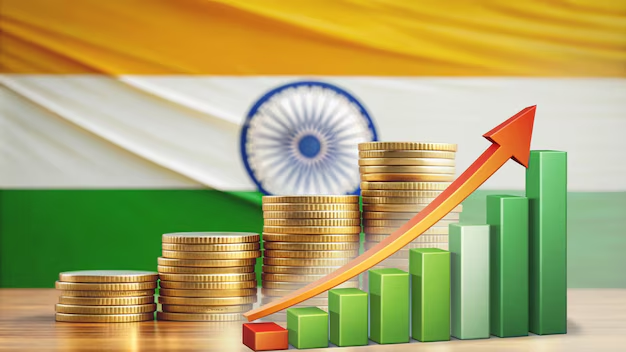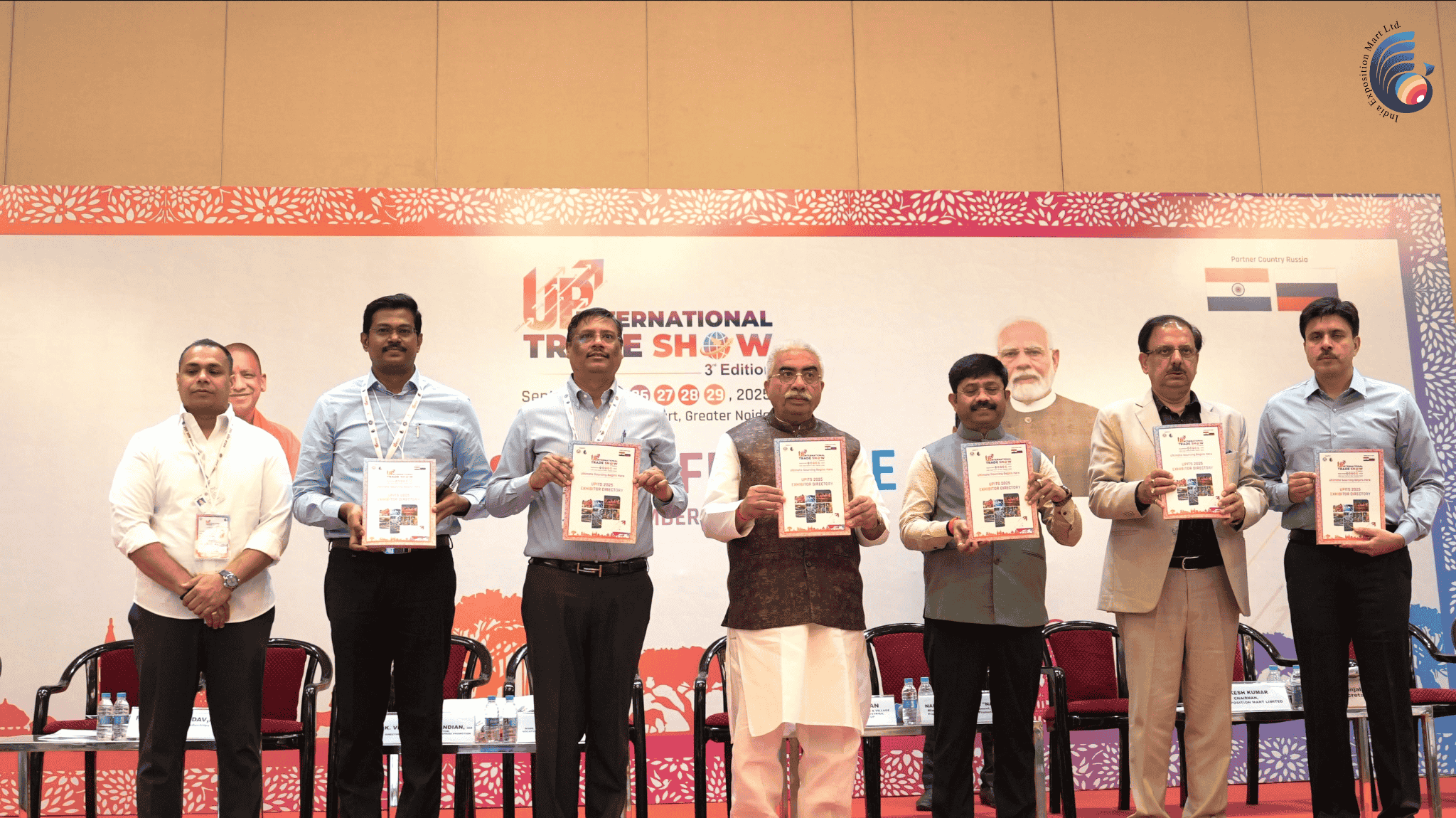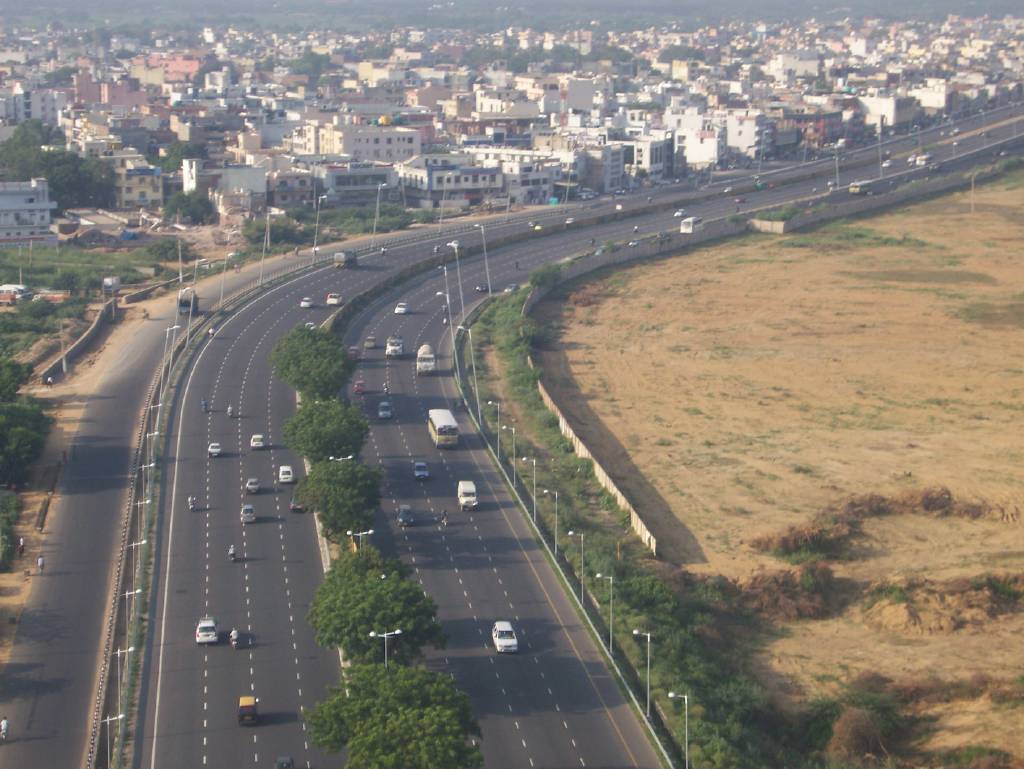India’s economy has continued to demonstrate impressive resilience and strength in the second quarter (July–September) of FY26, even as it faced global trade tensions and higher tariffs imposed by the United States in August 2025. According to the Finance Ministry’s Monthly Economic Review released on October 27, strong domestic drivers, policy reforms, and a stable macroeconomic environment have enabled the country to sustain its growth momentum despite these external pressures.
The positive outlook is reflected in upgraded growth forecasts by major institutions. The International Monetary Fund (IMF) has revised India’s FY26 GDP growth projection to 6.6%, while the Reserve Bank of India (RBI) expects a slightly higher 6.8%. These upgrades come on the back of stronger-than-anticipated growth in the first half of the fiscal year, underlining the resilience of India’s economy amid an uncertain global environment and trade policy disruptions.
Robust domestic demand has been a key driver of this performance. The report highlights that GST reforms, festive-season spending, and a revival in both manufacturing and services have supported steady expansion. Rural and urban consumption indicators point to renewed confidence, while effective monetary easing has kept financing conditions favorable. Inflation has also remained well within control, with headline inflation easing to 1.54% in September and averaging 1.7% for the quarter, while core inflation stayed steady at 4.6%.
India’s external sector, too, has shown strength in the face of global challenges. Despite increased import tariffs and ongoing trade negotiations with the US, merchandise exports grew by 3%, and services exports rose by 6.1% year-on-year in the first half of FY26. This growth helped offset the merchandise trade deficit, while diversification into new export markets and rising FDI inflows reaffirm India’s position as an attractive investment destination.
The government’s reform agenda and the RBI’s liquidity management have ensured ample credit flow, encouraging both consumption and capital formation. Structural measures like the rollout of GST 2.0 and targeted schemes such as the PRIP initiative for the Pharma-MedTech sector are further strengthening India’s competitiveness through innovation, R&D, and job creation.
Looking ahead, the outlook for FY26 remains positive, supported by policy stability, rising domestic demand, and lower GST rates that are expected to boost consumption. While global uncertainties could still weigh on external demand, India’s strong domestic base, continued reform momentum, and prudent policy measures are expected to sustain economic growth through the rest of the fiscal year.






